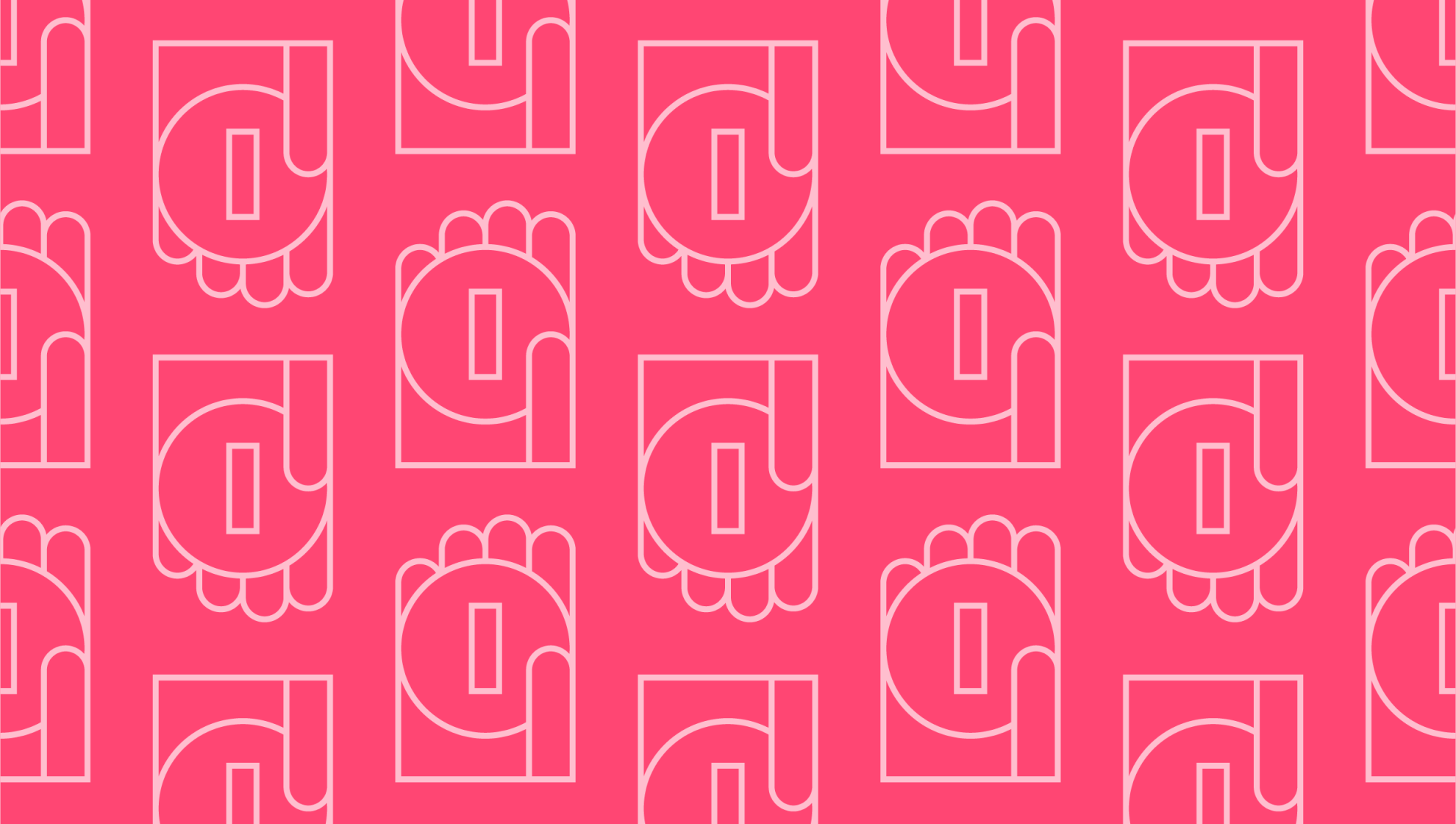Last editedOct 20212 min read
Whenever you buy a high-value item like a house, a car, or an expensive item of jewellery you’ll typically be given the option of financing your purchase. This inevitably means paying some interest, but it provides access to items that most households do not have the ready cash to purchase by any other means.
When financing a purchase, customers are usually required to make a down payment. Here, we’ll look at down payments from the point of view of both the business and the consumer. So you can make better-informed decisions whenever you make or receive a down payment.
What is a down payment?
A down payment is simply another word for a deposit. Like saying “zee” instead of “zed” or asking “can I get” instead of “may I have” or using a shopping cart instead of a trolley, it’s one of those Americanisms that has ensconced itself in the British lexicon.
The purpose of a down payment is to secure the property (or any other commodity) that the customer wants to purchase. The rest is financed with a mortgage or alternative loan product. A down payment mitigates the lender’s risk so that they can recover part of the balance due on the loan if the debtor should default on their payments.
When is a down payment required?
A down payment is usually required whenever purchasing an item that you cannot afford to pay for upfront. These are usually items that are too costly to be paid for with a credit card.
These may include:
Domestic or commercial property
Cars, vans, motorcycles and other vehicles
Jewellery
Art
Furniture
High-end consumer electronics.
How much is needed for a down payment?
A down payment is expressed as a percentage of the commodity’s overall value. When buying property in the UK, a down payment of 10 to 25 per cent is usually required, although in some circumstances as little as 5 per cent can be paid upfront through government-backed schemes. When purchasing a vehicle, a down payment of around 10 to 20 per cent is usually required. The higher the down payment the lower the loan to value (LTV) ratio on the property or other commodity.
Benefits of a larger down payment
A larger down payment is beneficial for both the seller and the customer. For the seller, it reduces the risk inherent in the purchase and leaves them with more capital, thereby easing cash flow. If you’re offering customer finance through a third party, you will receive payment in full for the sale, and the customer pays them back over time.
A larger down payment is also advantageous to the customer. It typically means that they will pay less in interest, and their monthly repayments will be smaller, creating less of a dent in their household budget.
Benefits of a smaller down payment
A smaller down payment is less desirable for customers in the long term. Nonetheless, it can be appealing if marketed correctly. It can make high-value items more accessible to consumers for whom ready cash is a pain point. This results in more sales for your business, and a happy customer who is able to walk away with an item that they may not have considered themselves able to afford.
Used correctly, a smaller down payment can also be leveraged to improve your average order value. By showing customers how negligible an upgrade or upsell would be in terms of their monthly repayments, you may find that you’re able to increase revenues while creating a highly satisfactory customer experience.
We can help
If you’re interested in finding out more about down payments and how to manage them, then get in touch with our financial experts. Discover how GoCardless can help you with ad hoc payments or recurring payments.


